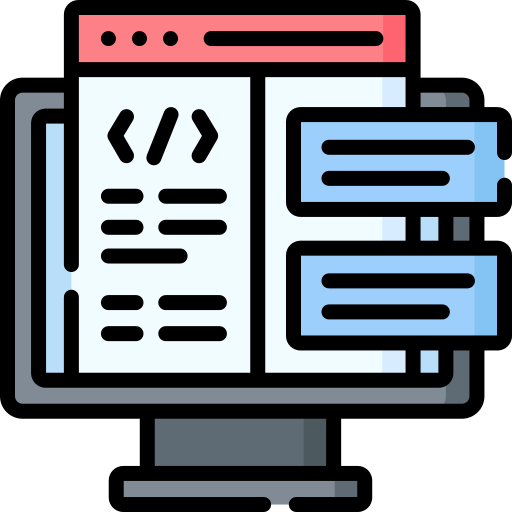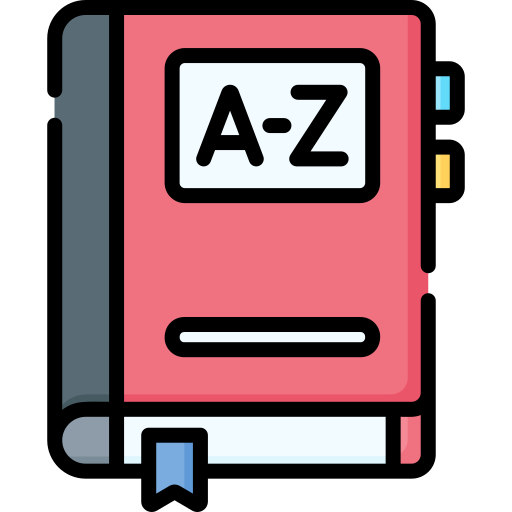Introduction: Getting Started
To use the toFHIR tool effectively, it's important to understand the following terms:

Project
A project is the starting point in toFHIR. It represents a container for multiple ETL
pipelines,
also known as jobs. Each job consists of all the necessary definitions required for
end-to-end mapping.

Schema
Schemas provide metadata about the source data format and serve as a validation mechanism
for input data before the mapping process begins.
Data schemas for EHR data entities that need to be mapped are defined in a well-defined
manner and are referenced within the mappings.

Job
Jobs serve as ETL pipelines and include various type of definitions.
When a job is executed, all the definitions within are utilized:• Data Source Settings: Configuration details for the data source connection.
• Mappings: Instructions on how to map the source data to the required FHIR resources.
• FHIR Sink Configuration: Settings for the destination where FHIR resources will be sent.
• FHIR Terminology Service: Configuration related to the terminology service used in the mappings.

Mapping
As the name implies, a mapping defines how the source data should be transformed into the required FHIR resources.
Mappings are defined using HL7 FHIR resource templates in a specific format and template language specific to toFHIR.
This language allows the use of standard FHIRPath expressions as well as toFHIR-specific methods.
Multiple mappings can be defined within a single definition, facilitation both one-to-many and many-to-many mapping scenarios.
A mapping can incorporate multiple data source schemas and mapping contexts, enabling flexibility and customization.

Mapping Context
It refers to the additional information utilized when defining a mapping.
It facilitates easy exchange and integration between healthcare concepts and referenced within
the mappings.

Terminology Service
toFHIR supports connecting two types of terminology services: • Remote FHIR Terminology Service: It ensures your healthcare data uses standardized clinical codes and concepts by connecting to established terminology servers.
• Local Terminology Service: Create custom code systems and value sets, perfect for local or organization-specific requirements, ensuring precise data representation.